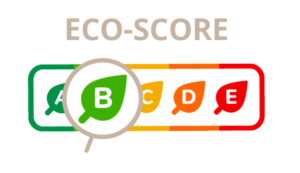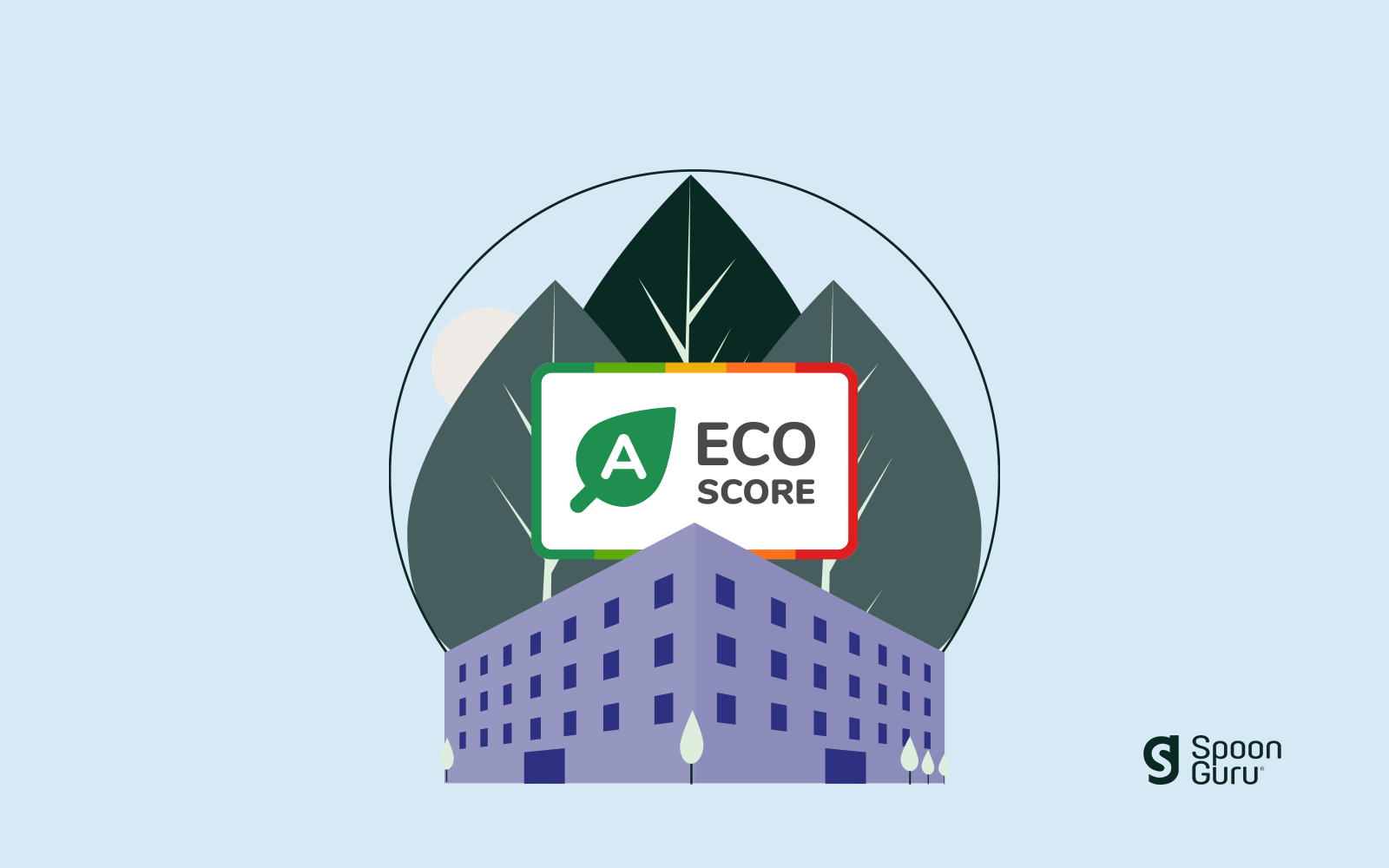Ten French retailers are pioneering the way in providing an Eco Score that allows consumers to understand the impact a food product has on the environment with a method led by Etiquettable and their smartphone app. The retailers/food information providers, which include Yuka, Foodchéri, Marmiton, La Fourche, Frigo Magic and the Open Food Facts Association, have joined forces in displaying an Eco Score on food packaging or PDP’s, currently utilised across a number of takeaway meals, recipes, references and food wikis.
How the Eco Score is calculated
While there are no official guidelines yet for creating the Eco Score in France, the above consortium is attempting to lead the market in their method. To achieve this score they assess each product using the well documented Life Cycle Assessment Model, then add a number of additional criteria that they feel is important to reaching the sustainability style score. Next they award and take away points based on positive and negative environmental factors in the product’s journey using the additional factors.
The final Eco Score is calculated based on a score of 1 to 100 using both the LCA Model and the additional factors.

The first element of calculating the Eco Score follows the Life Cycle Assessment Model developed by the Agribalyse working group led by ADEME (Agency of Environment and Energy Management).
Over the last ten years, Agribalyse has developed a database containing 2,500 categories of products to help understand the impact agricultural and food products have on the environment. Its method focuses on the production phases right through to consumption.
Environmental concerns such as CO2 emissions, air pollution, and water and soil sourcing are included in this method. These elements are scored and combined through the lifecycle method to generate a final score out of 100.
However, in order to reach the Eco Score, Etiquettable has adapted the Agribalyse method, accounting for six additional factors not originally considered; the new system allows for bonus points to be awarded for positive factors and reductions in points for poor factors. These factors include: labelling, food origins, recyclability of packaging, and the environmental policy of producing countries. Up to 20 points are available for each factor.

To calculate the final score, a mathematical formula is used:
Eco Score = Life Cycle Assessment model (LCA) + additional points – additional points deducted
The Eco Score in use
The Eco Score is currently an independent initiative, launched by ten prominent French food retailers. It does not have any endorsement from the Ministry of Ecological Transition in France. However, these retailers do not consider it a cause for concern should multiple Eco Scores develop to co-exist in the market.
Following the lead from the French initiative, Colruyt in Belgium has launched a version of the Eco Score. Lidl has also announced a trial launch of the Eco Score in their German store offering. Initiatives such as these are providing sustainability-conscious consumers with more informed ways to shop that match their needs.
